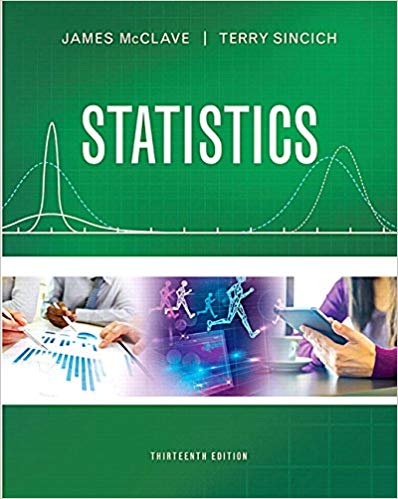Refer to the Geographical Analysis (Vol. 42, 2010) study of the decay properties of sandstone when exposed
Question:
Fantastic news! We've Found the answer you've been seeking!
Step by Step Answer:
Related Book For 

Question Posted:






